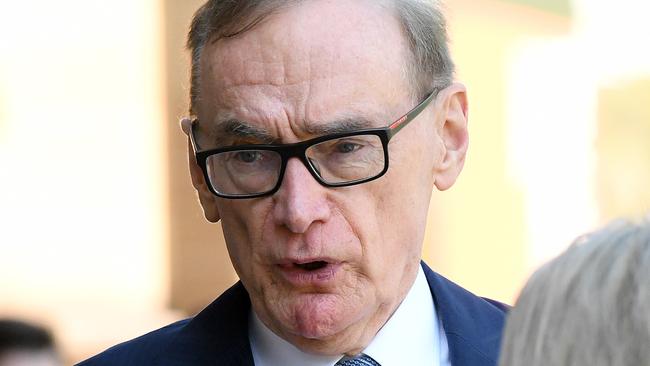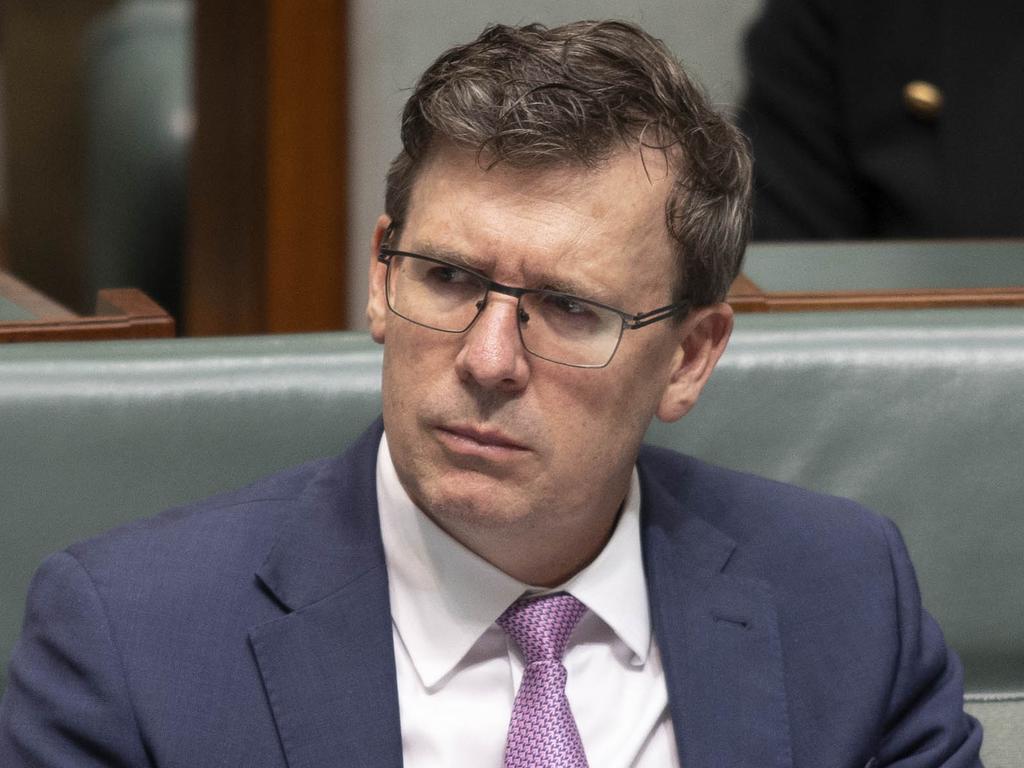Less population is better for a smarter economy, says Bob Carr
The Australian economy has become too dependent on population growth at the expense of a focus on productivity, Bob Carr has warned.

The Australian economy has become too dependent on population growth at the expense of a smarter approach that would focus on productivity, Bob Carr has warned.
The former foreign minister and NSW premier said high immigration rates had allowed both the public and private sectors to become lazy about driving productivity growth and innovation.
Mr Carr said the COVID-19 pandemic, which has caused overseas immigration to grind to a halt, gave Australia the chance for a policy reset not just on population, but on the “oversimplified” foundations of our domestic product — exporting minerals and building apartment blocks.
“This is an opportunity to challenge the facile consensus in Canberra and business that the only population approach we can have is ‘more’,” Mr Carr told The Australian.
“A smart country doesn’t just depend on artificially high immigration to generate building of shopping malls and apartment blocks.
“Our economic growth has been all about ramping up population growth, not lifting productivity. We’ve settled for overall growth, not smarter growth. It’s been a long time since I’ve heard a compelling proposal for productivity growth by an Australian leader,” Mr Carr said.
“Shouldn’t we be challenging Australian cabinets to come up with plans for a smarter agenda?”
The Big Australia debate has been rekindled after the publication by the federal government of its first Population Statement, which projected the national population would be about 1.1 million people shy of where it would have been in 2031 had the coronavirus pandemic not hit.
New Australian Bureau of Statistics figures were also published last week showing the nation’s fertility rate has continued on a decade-long slump, and now sits at 1.65 babies per woman, well below the replacement rate.
Former federal treasurer Peter Costello on Monday pushed for a new policy framework to arrest the falling fertility rate, saying governments should create an environment of confidence that encourages parents to have “one for the country”.
But Mr Carr said a change was needed in the nation’s rate of immigration. “The ramping up of immigration levels so we are reaching population targets that were 20 years off in under five year is to be avoided,” he said.
Mr Carr said he was suspicious of federal bureaucrats designing population policy. “The targets are set in Canberra, which has the lowest population density in Australia,” he said. “They don’t know what a traffic jam is, while in outer Melbourne, Sydney and Brisbane the journey from home to work has increased markedly within the space of a few years.
“And there is no link between the decisions in Canberra to ramp up immigration and federal support for the infrastructure to accommodate it,” he said.
Mr Carr is a patron of Sustainable Population Australia, which advocates for controls on the nation’s population growth for the sake of the environment and quality of life. A recent SPA discussion paper questioned the idea that boosting the population through either more immigration or higher natural increase would help address the nation’s ageing demographic.
“Neither strategy prevents population ageing in the long run,” the paper, called, Silver Tsunami or Silver Lining, states.
“As immigration levels are increased, each migrant has less and less effect on the population age structure. Boosting births increases the proportion of children rather than working-age people.
“Australia’s labour market has been oversupplied, with high immigration contributing to youth underemployment, wage stagnation and rising inequality.”







To join the conversation, please log in. Don't have an account? Register
Join the conversation, you are commenting as Logout